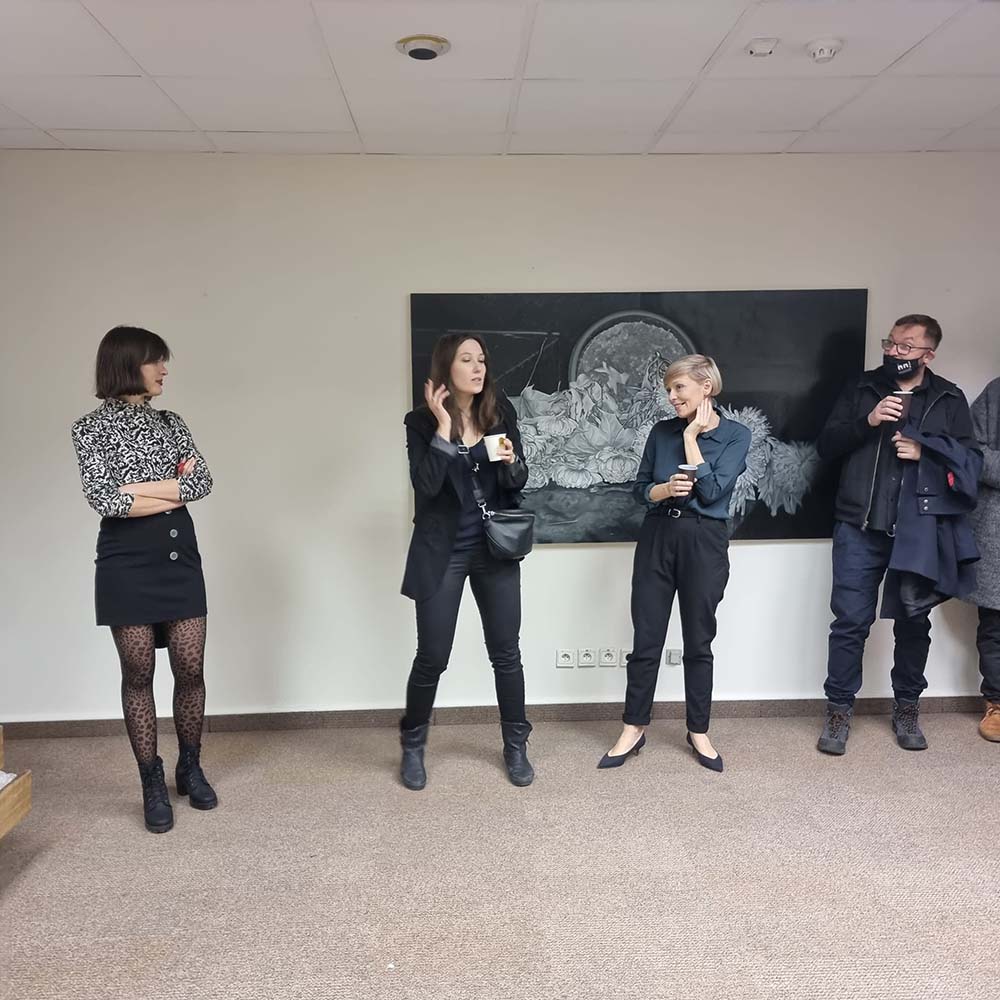
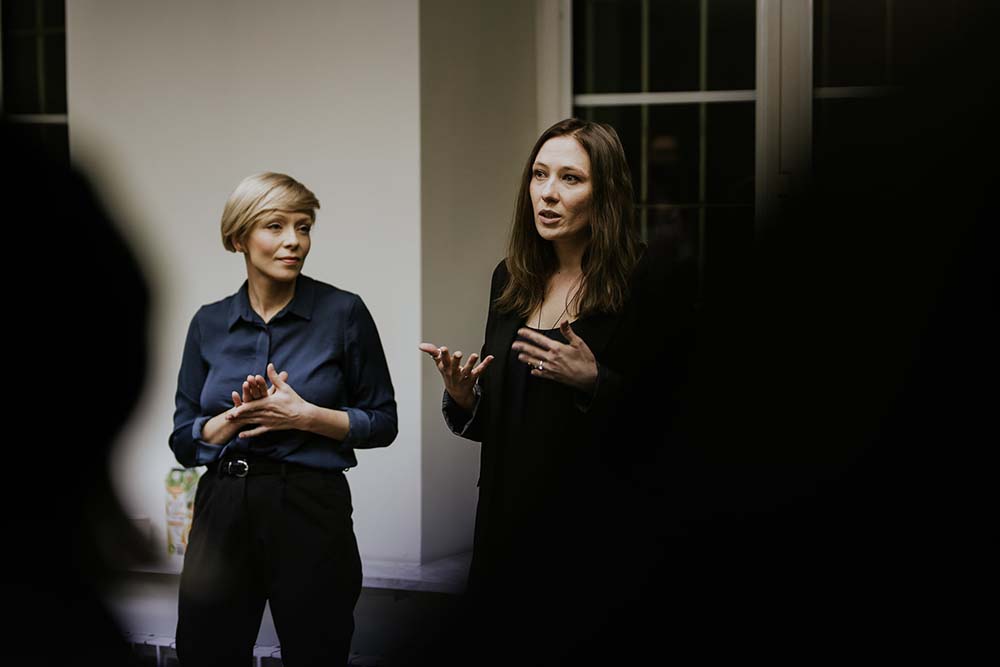
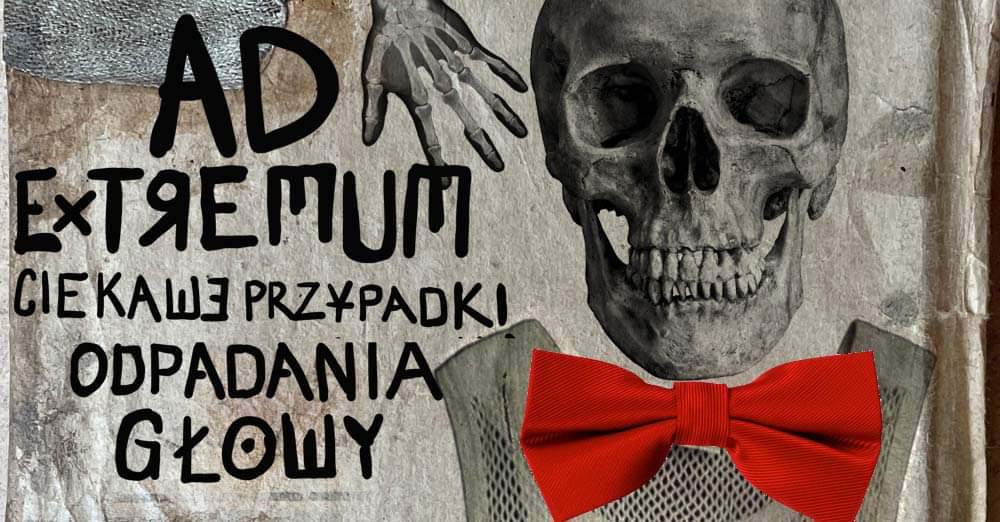

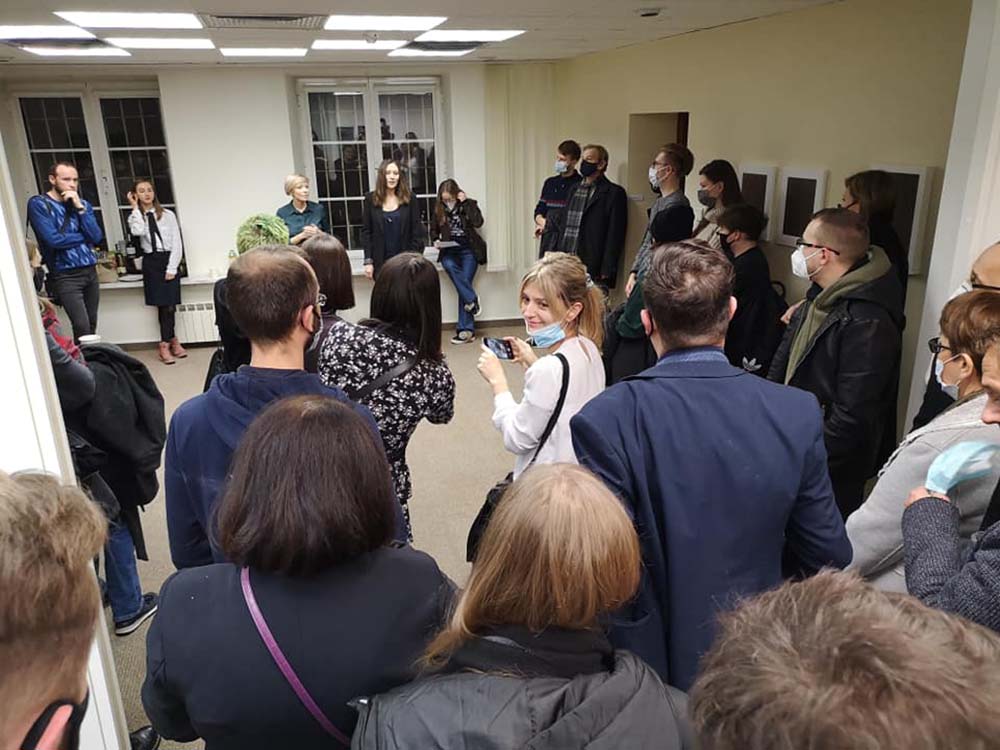
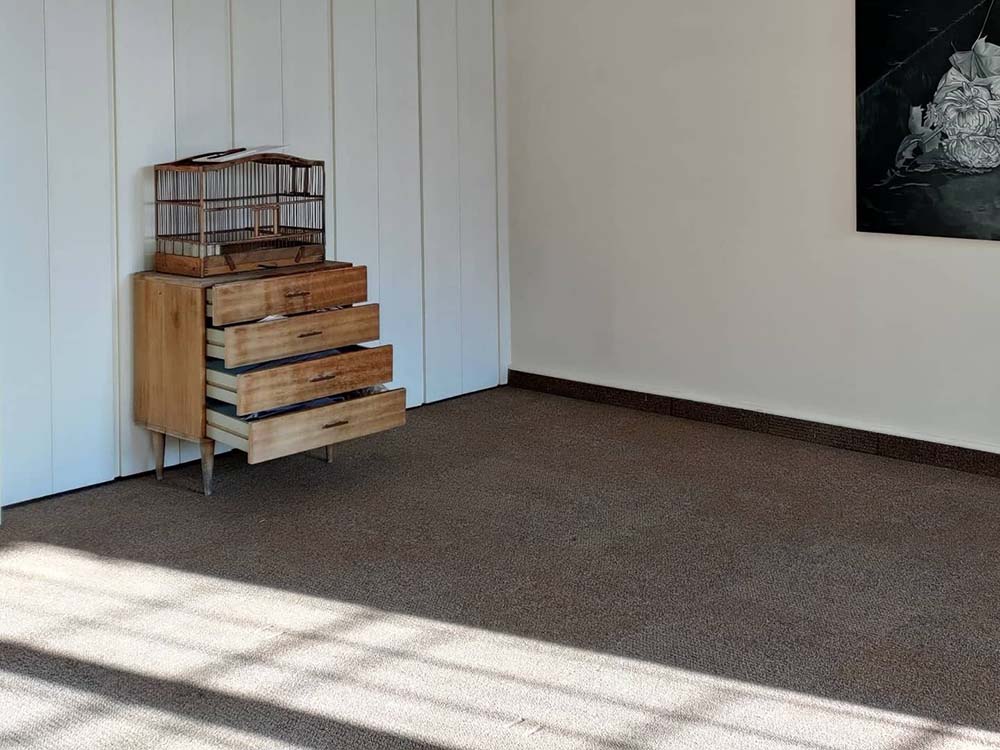
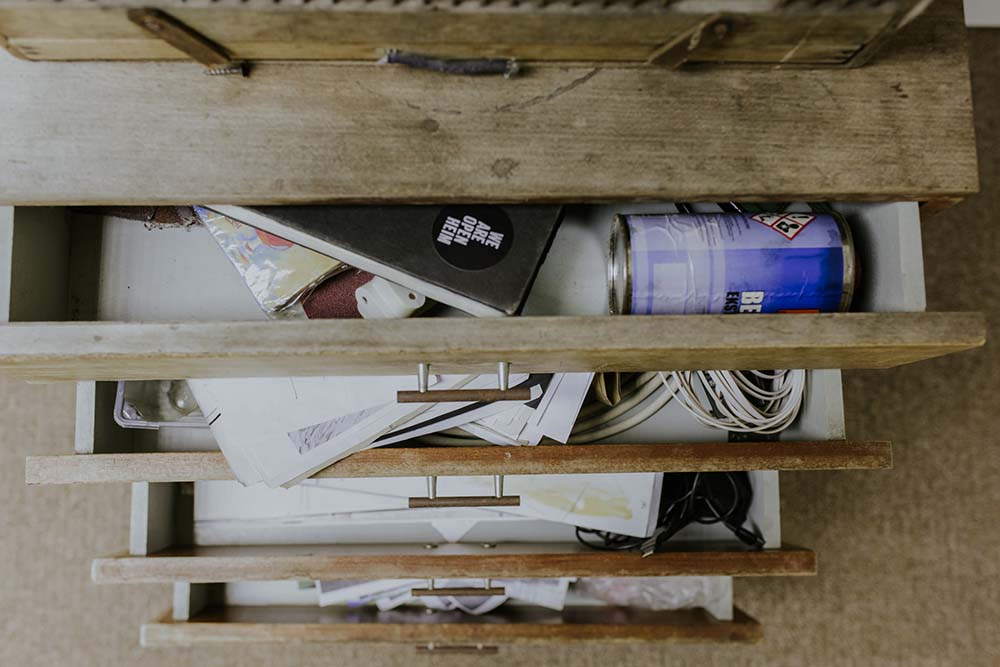
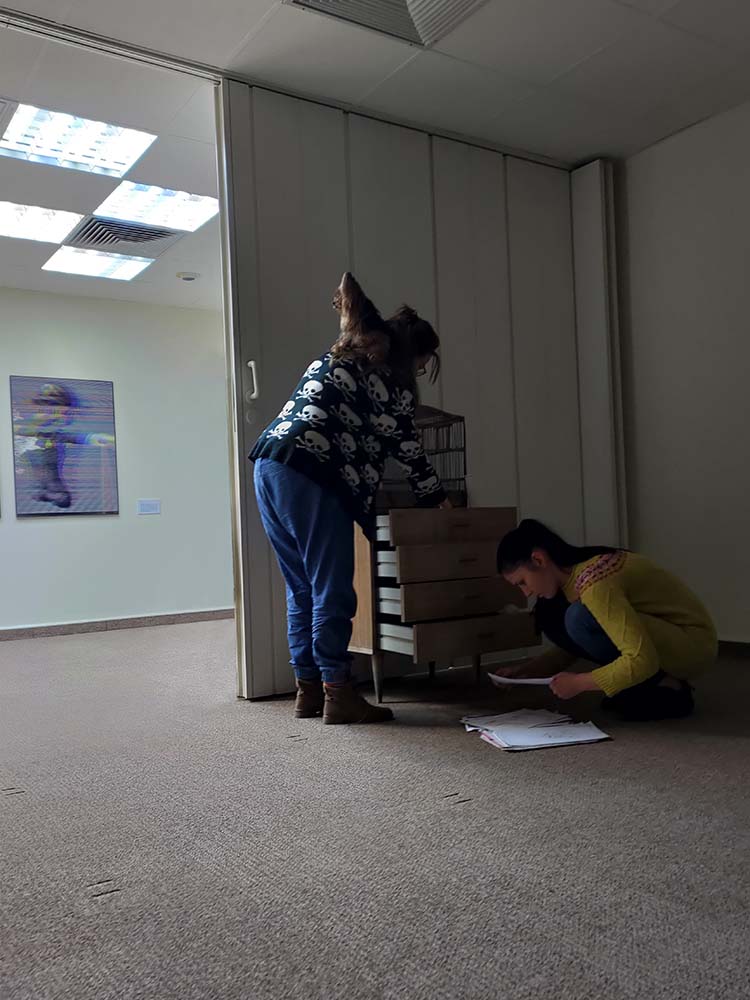
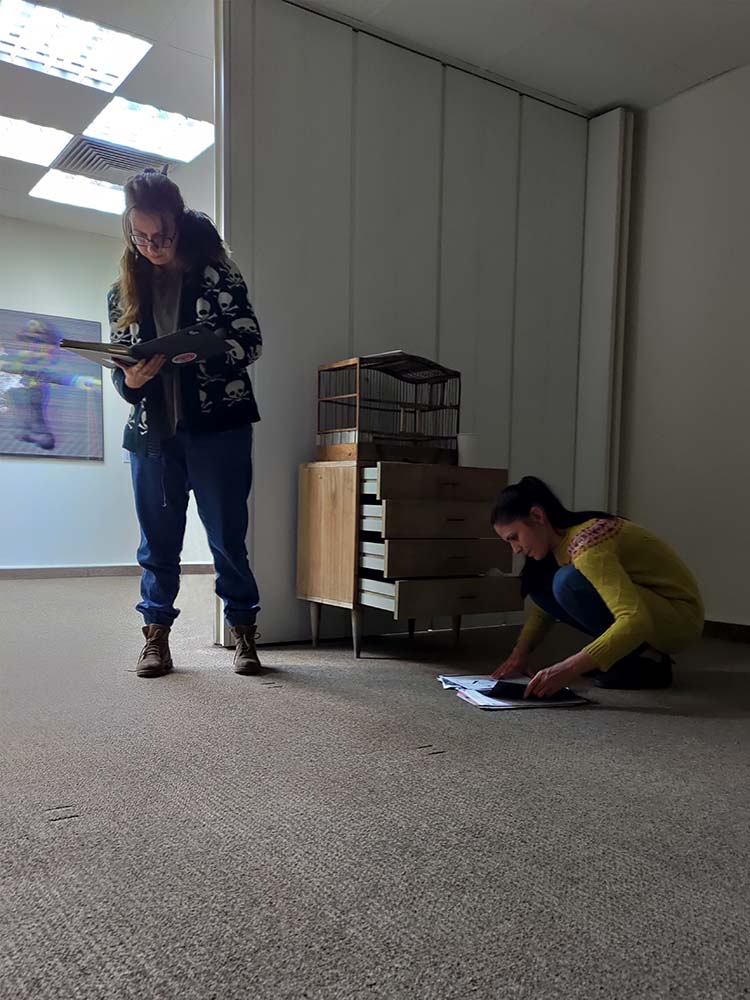
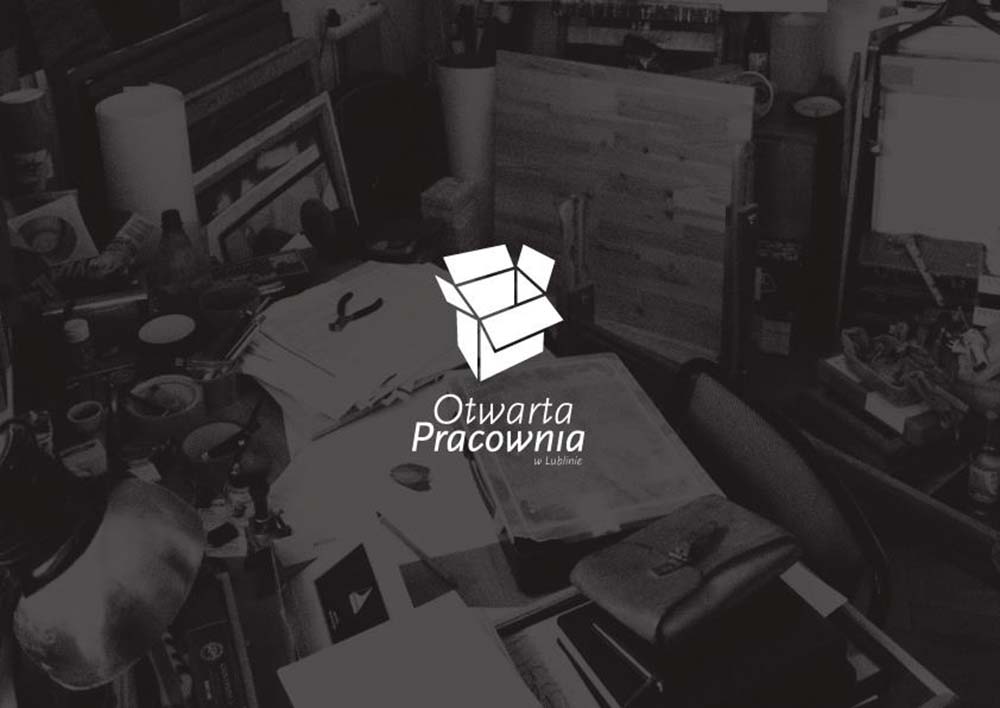
Ad Extremum. Interesting cases of the head falling off
The exhibition is the final of the jubilee exhibition programme of ‘Otwarta Pracownia’ Artistic Association in Lublin entitled ’10 x 10′. It is jointly created by artists and theoreticians of “Otwarta Pracownia”: Tomasz Bielak, Agnieszka Chwiałkowska, Maksymilian Cieślak, Kamila Czosnyk, Magdalena Franczak, Agnieszka Grzywacz, Paweł Korbus, Piotr Korol, Katarzyna Kowalska, Mikołaj Kowalski, Magdalena Łata, Lech Mazurek, Aniela Mroczek, Michał Mroczka, Florentyna Nastaj, Jerzy Norkowski, Kosma Ostrowski, Małgorzata Pawlak, Szymon Popielec, Sławomir Plewko, Marta Ryczkowska, Sebastian Smit, Kamil Stańczak, Piotr Strobel, Sławomir Toman, Grzegorz Tomczyk, Kamil Zaleski, Ewa Zarzycka
—-
We live in the times of a small apocalypse. The dystopias we know from films and books slowly begin to materialise. If every century has its zero point, this is ours. Maybe the world has entered the era of successive pandemics and we have to get used to living in the shadow of danger. Who knows if the annihilation has been going on unnoticed for a long time, in an aura of calm, in numerous weekdays?
We enter the abandoned space of an apartment building that for years housed a bank. The safes have been emptied, the rooms are dusty with office furniture and textured wallpaper. The space is seemingly neutral, post-corporate. It consists of a maze of small rooms. The art slips into closets, takes over walls, nooks and crannies. The last joint exhibition of “Otwarta Pracownia” is a story about the point at which we find ourselves as humanity. We look at our resources. We reassess our baggage, deciding what we leave behind and what we take with us on our journey, aware of how much we can carry. Traces are left behind if we choose not to obliterate them.
Science says the end is fire. In about five billion years, the Sun will enter its red giant phase and swell to such a size that it will consume Mercury’s orbit. Possibly the same fate will befall Venus and the Earth will turn into a burnt-out, lifeless, magma-covered rock. Eventually it will disintegrate into millions of atoms in the hot breath of a dying star. Will the end be final? According to Mayan beliefs, the universe is cyclical in nature. In different religions, particular cycles are seen as opportunities for change for the better. Secular visions of the end of the world include both the nihilistic view that we will be consumed by nothingness and the dark image of a world that is eternally repeating itself, and in which everything that happened in the past will happen again. In her book The End of Everything, Katie Mack writes of an infinite cosmic expansion, indicating that the apocalypse will be slow and painful, marked by increasing isolation, inexorable decay, and all-consuming darkness. In a sense, it is not the universe that will end, but it will end, invalidate and annihilate everything in it. All stars will eventually burn out, particles will decay, black holes will evaporate.
We are living in times in which the premonition of the end is very strong, it is shown by the pandemic, the impending climate catastrophe, the dying ecosystems, the populist and nationalist turn in the world. Other, more internal symptoms, pointing to the fragility of human beings and their relationships with others also speak about it. It seems that the apocalypse also has a chronic form. So far unnoticed. It came unnoticed, among the murmurs of nature. The all-encompassing vision of the end of the world was built on the lack of human ability to self-restraint, the end of humanism, and the breakdown of seemingly inviolable structures of social life. We live in bubbles believing, as Barańczak wrote, that “the next day, after another collective suicide, one always goes the same way in the morning to get the newspapers […] the same way a little girl with a schoolbag runs to school and stumbles, and falls, and smashes her knee, and there is a lot of crying, and in that crying there is always so much life.”
In looking at the world over the precipice, we also peek into the archive. We study what remains, what preserves traces, we are interested in the feeling of materiality of works or their splinters. The archive of the vitality of visual imagination and dark premonitions. Understood in this way, the archive is itself a living, pulsating organism, whose only sense is to enter into relations with other organisms, and whose principle of operation is constant transformation. It constitutes a place and a moment of meeting of the past and the future in the process of feeling and imagining our shared present. The exhibition visualizes the everyday, the anxieties, the disappearance, quiet and spectacular, the passing away of old narratives and the hope for new ones.
—-
– And if nothing we do here survives, if even our best actions are forgotten, is there any reason not to just give up? – The reason is everything in this world,” Rudd replied, “We are here and we are alive. And this is a beautiful evening on the last perfect day of summer.
Alastair Reynolds, Pushing Ice
—
The project “10×10” is realized by “Otwarta Pracownia” Society in cooperation with Centre for Culture in Lublin. The project is co-financed by the Ministry of Culture, National Heritage and Sport from the Fund for Cultural Promotion.
Photo and graphic: social media of the Otwarta Pracownia association in Lublin and private archives of the artist

